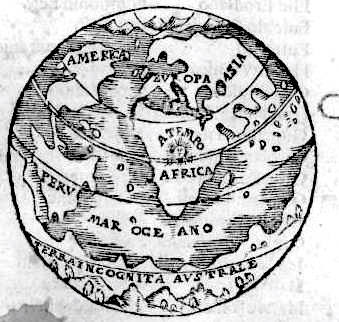Marcus Rainsford’s An historical account of the black empire of Hayti marks shift in the iconography of race in the colonial Caribbean. Rainsford, a British soldier who was forced ashore in Haiti and met Toussaint L’Ouverture while there, gives a relatively sympathetic account of the revolution and provides a guide for British colonial understanding of it. This book comes from a colonial perspective, so the tone is both paternalistic and analytical, seeking to direct the British Caribbean colonies so as to avoid the fate of Haiti (and demonize the French, who the British were fighting a war against).
The graphic etchings at the beginning of this book are one of its most striking features. It’s important to note that Rainsford depicts wartime cruelty and death on both sides. However, it’s the French that are the truly barbaric ones — they are depicted as letting bloodhounds attack civilians, while L’Ouverture is given a dignified portrait and his correspondence is reprinted in facsimile. By juxtaposing the poise and courage of the Haitians with the barbarity and depravity of the French, the Historical account flips the stereotypical racial imagery on its head.
Citation
Marcus Rainsford, An historical account of the black empire of Hayti. London: James Cundee, 1805.[Catalogue Entry][archive.org]

